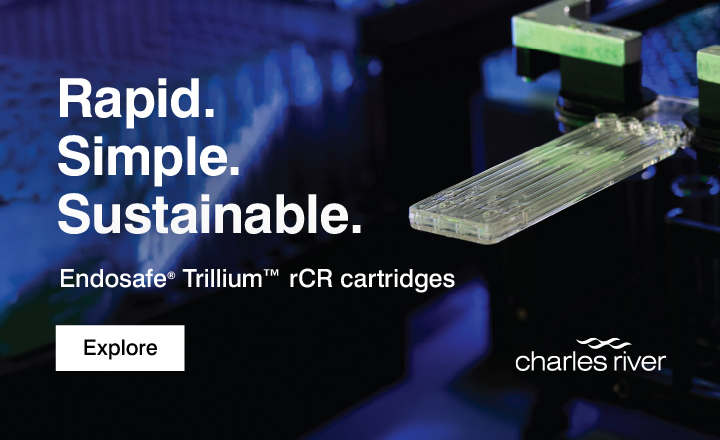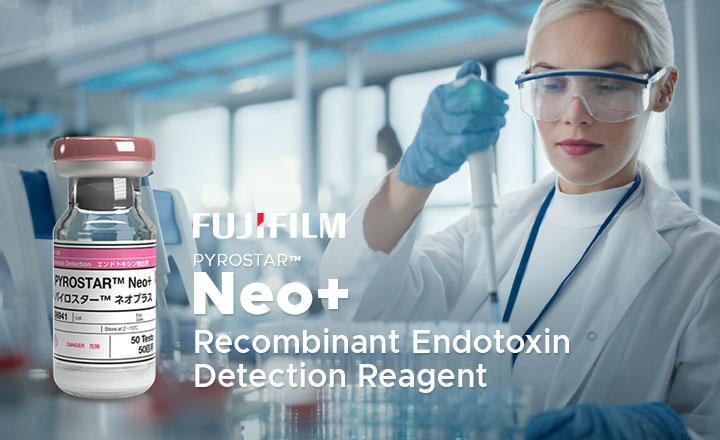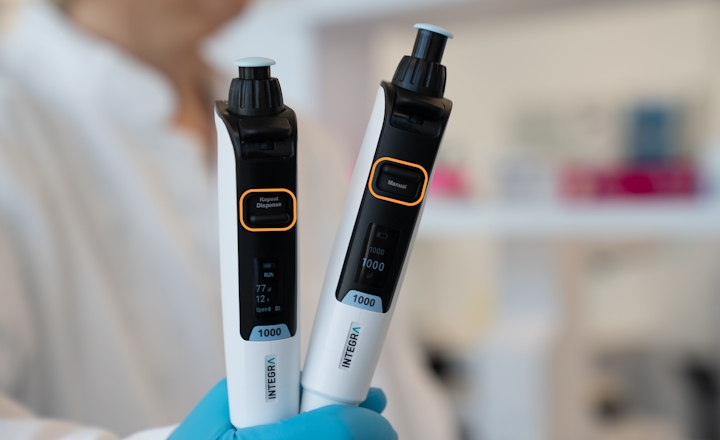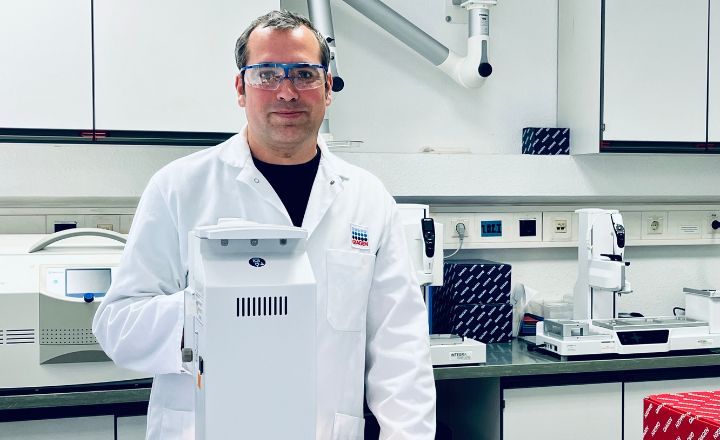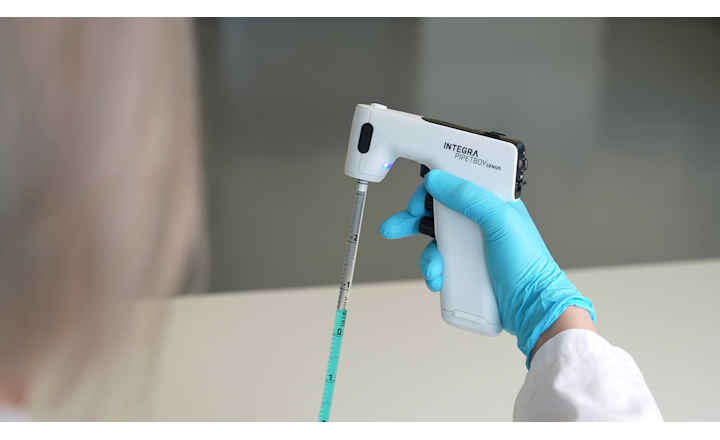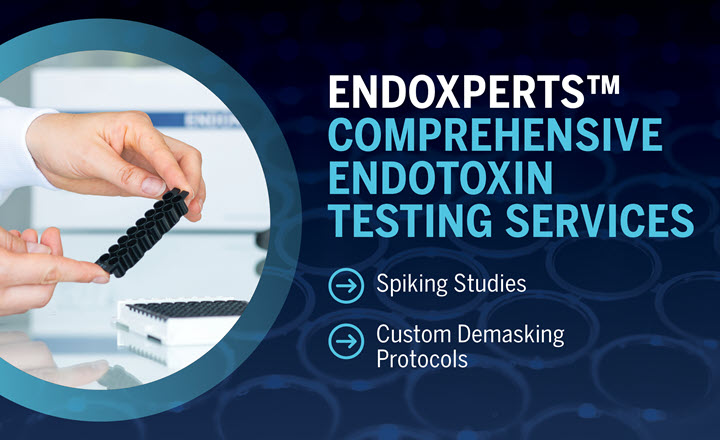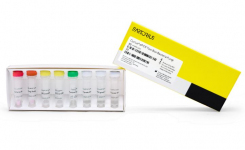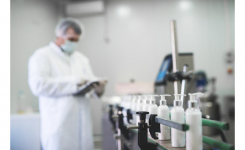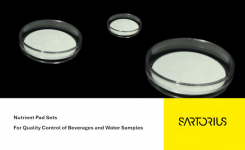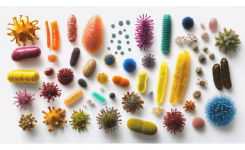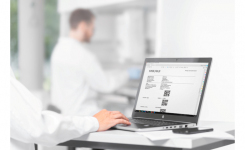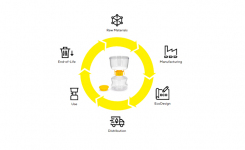Endotoxins can be a risk to patient safety. Even a low endotoxin concentration in the bloodstream can produce inflammation in the human body; therefore, preventing endotoxin exposure to your patients is important.
To prevent patient exposure to endotoxins, frequent and reliable testing for endotoxin levels on medical devices is required. The LAL method is one such reliable test method used to guarantee patient safety and the risk-free use of medical devices.
An alternative method is the recombinant Factor C (rFC) assay which is completely animal-free. Depending on the intended use, US Pharmacopeia (USP) chapter 161 states that all final sterilized products, such as medical devices, must be tested for endotoxin levels, usually by batch, and describes endotoxin release limits as follows for products that come into contact with: the cardiovascular system or the lymphatic system -- 0.5 EU/mL or 20 EU/ device the cerebrospinal fluid - 0.06 EU/mL or 2.15 EU/devices.
Endotoxin Facts - What You Need To Know?
What Are Endotoxins and Where Do They Enter the LifeCycle?
Endotoxins are lipopolysaccharide complexes natively located on the outer membrane of Gram-negative bacteria. They can cause several clinical conditions, of which the most severe example is septic shock.
Endotoxins, as a product of bacterial death, can be found wherever bacterial growth is possible. Inactivation and destabilization of endotoxins are difficult because they have high heat tolerance and the ability to tolerate extreme pH values. Also, their removal is tedious as the lipopolysaccharides contain a hydrophobic lipid moiety and a hydrophilic phosphate group. Therefore, the most effective way to achieve an endotoxinfree level for products is to avoid exposure to the possible sources of endotoxins in the first place.
Laboratory consumables as a source of endotoxin contamination should be taken seriously, as it has been shown that endotoxin-contaminated test tubes can compromise the reliability of clinical biomarker assay measurement. (Newhall et al. (2010). Evidence for Endotoxin Contamination in Plastic Na+-Heparin Blood Collection Tube Lots. Clinical Chemistry 56; 1483–1491)
Five Vital Questions to Ask Yourself about Endotoxin Testing Before Buying Pipettes and Consumables?
- Are your pipette tips tested and certified with sufficiently low endotoxin-free limits?
- Does the packaging of tips protect the purity of tips through transportation to your lab bench?
- Do you have clear standard operating procedures (SOPs), for example, for pipetting protocols and maintenance?
- Do your instruments support the avoidance of errors in pipetting?
- Are the users trained in the correct pipetting technique, and do they understand the effect of poor technique on their results
The latest Sartorius guide includes a variety of content you shouldn´t miss:
- Cleaning and Decontamination Guide for Sartorius Pipettes
- Application Note: Pipette Calibration and Standards
- Practical Selection Guide: Set up Pipetting Quality Control Program for Your Lab
- Poster: Get the most out of your electronic pipette
- Poster: Pipette cleaning - your pipette and samples are precious
- Poster: ABC of the pipette tip purity
- Brochure: High-Quality Pipette Tips for Consistent and Reliable Results
- Brochure: Tacta® Mechanical Pipettes — Perfectly Balanced
- Brochure: Picus® and Picus® NxT Electronic Pipettes



